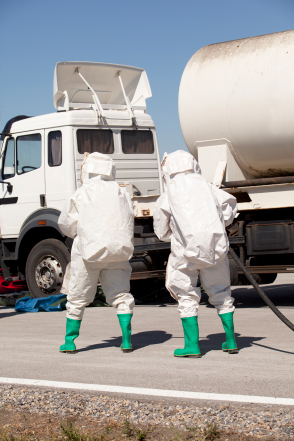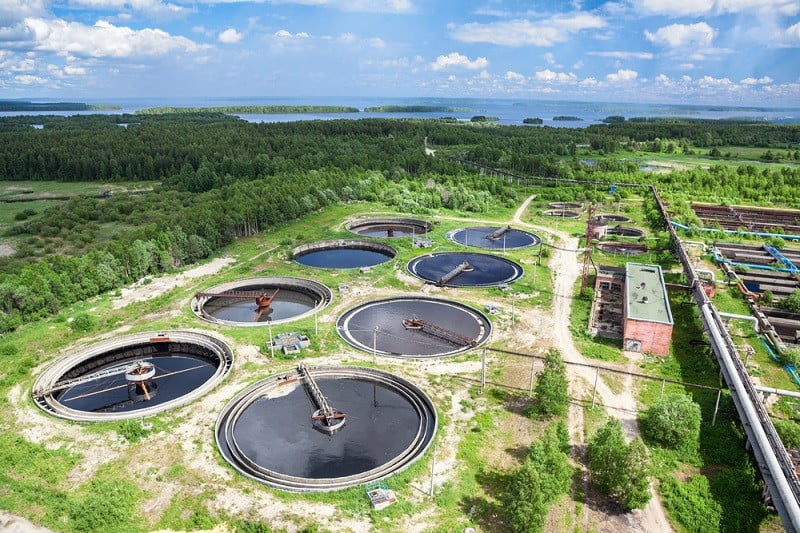Safe and Lasting Liquid Waste Disposal: Your Go-To Provider
Safe and Lasting Liquid Waste Disposal: Your Go-To Provider
Blog Article
Exactly How Fluid Waste Disposal Works: A Thorough Summary of Techniques and Technologies Employed

Review of Fluid Waste Types
The complexity of liquid waste types requires a complete understanding of their attributes and implications for disposal. Liquid waste can generally be categorized into several types, consisting of commercial, community, farming, and unsafe waste. Each group exhibits unique buildings, requiring specific monitoring strategies to minimize ecological and health risks.
Industrial fluid waste stems from manufacturing procedures and commonly includes a series of impurities, such as hefty steels, solvents, and organic substances. Local liquid waste, primarily consisting of wastewater from homes and commercial facilities, includes natural matter, nutrients, and pathogens (industrial wastewater treatment). Agricultural fluid waste, including runoff from ranches, may have fertilizers, chemicals, and animal waste, posing dangers to water quality and ecological communities
Dangerous liquid waste is characterized by its poisoning, sensitivity, or prospective to cause damage. Comprehending these diverse liquid waste types is vital for creating effective disposal methods and making certain conformity with ecological laws.
Physical Treatment Methods

Testing is the initial action, where larger particles and debris are gotten rid of from the liquid waste using screens or grates. This procedure shields downstream equipment from damage and makes certain smoother procedure. Adhering to testing, sedimentation uses gravitational pressure to different solids from liquids. In sedimentation containers, larger bits work out near the bottom, forming a sludge layer, while the cleared up fluid can be additional dealt with.
Filtration is an additional vital method that entails passing the fluid via porous products, such as sand or membranes, to record smaller sized fragments. This action improves the quality of the liquid, making it suitable for subsequent treatment procedures.

Chemical Therapy Strategies
Chemical treatment strategies are important for effectively handling fluid waste, especially in resolving dissolved and colloidal impurities that physical methods might not adequately eliminate. These strategies utilize numerous chemical representatives to reduce the effects of, precipitate, or change dangerous materials right into less dangerous forms.
One typical technique is coagulation and flocculation, where chemicals such as alum or ferric chloride are included to promote the aggregation of put on hold fragments. This process enhances sedimentation, enabling for less complicated removal of the resulting sludge. Furthermore, oxidation procedures, using representatives like chlorine or ozone, are employed to break down complicated natural substances and virus, rendering the waste safer for discharge or additional therapy.
Neutralization is an additional critical technique, which changes the pH of acidic or alkaline waste streams to neutral levels, stopping possible injury to downstream systems and the setting. Furthermore, advanced oxidation processes (AOPs) utilize combinations of oxidants and ultraviolet light to deteriorate consistent contaminants, attaining a greater degree of therapy recommended you read effectiveness.
Organic Therapy Procedures
Biological therapy procedures play an essential function in the administration of fluid waste by making use of microbes to decompose organic matter and decrease pollutant levels. These processes can be broadly categorized right into anaerobic and cardiovascular treatments, each utilizing particular microbial neighborhoods to accomplish efficient waste degradation.
Aerobic treatment involves making use of oxygen to facilitate the failure of natural products by microorganisms. This procedure is typically executed in activated sludge systems, where aeration tanks provide a helpful setting for microbial development, resulting in the oxidation of organic pollutants. The resultant biomass can be divided from treated effluent through sedimentation.
On the other hand, anaerobic therapy happens in the absence of oxygen, relying upon various bacteria to break down raw material. This approach is particularly advantageous for high-strength waste, as it generates biogas, a renewable resource resource, while decreasing sludge manufacturing. Technologies such as anaerobic digesters are often employed in commercial and community applications.
Both anaerobic and cardiovascular organic treatments not just reduce the ecological impact of fluid waste but additionally help with source recovery, making them crucial elements of sustainable waste monitoring techniques. Their efficiency, efficiency, and adaptability support their extensive application throughout various industries.
Arising Technologies in Disposal
Cutting-edge approaches to liquid waste disposal are swiftly evolving, driven by developments in modern technology and an increasing emphasis on sustainability. Among these emerging innovations, membrane layer bioreactors (MBRs) have gained traction for their capability to integrate organic therapy with membrane layer useful reference purification, resulting in top quality effluent that can be reused in different applications. MBRs allow smaller sized impacts and more efficient operations compared to traditional systems.
Another promising advancement is using anaerobic food digestion combined with nutrient recovery technologies, which not only treats liquid waste however additionally creates biogas and recoups valuable nutrients like nitrogen and phosphorus. This double advantage boosts source performance and decreases ecological effect.
Furthermore, progressed oxidation procedures (AOPs) are being taken on for the deterioration of complicated organic pollutants. These methods browse this site make use of effective oxidants and drivers to break down contaminants at the molecular degree, using an extremely efficient solution for tough waste streams.
Moreover, the integration of fabricated knowledge and maker knowing in waste management systems is maximizing operational efficiency and anticipating maintenance, bring about minimized expenses and boosted ecological compliance. These modern technologies show a significant change towards even more sustainable and reliable liquid garbage disposal methods.
Conclusion
In verdict, effective fluid waste disposal demands a detailed understanding of various methods and technologies. The combination of physical, chemical, and organic treatment approaches guarantees the reliable administration of varied waste kinds. Additionally, the appearance of ingenious modern technologies enhances therapy efficiency and promotes sustainability in waste administration techniques. By continuously progressing these methodologies, it ends up being feasible to address the growing difficulties related to liquid waste, eventually adding to environmental security and source recuperation.
Fluid waste disposal is a crucial facet of ecological administration, calling for an extensive understanding of various strategies and innovations tailored to different waste kinds. Fluid waste can broadly be classified right into numerous types, including industrial, local, agricultural, and hazardous waste. Agricultural fluid waste, including overflow from ranches, may contain fertilizers, chemicals, and pet waste, posturing threats to water top quality and ecosystems.
Numerous physical therapy approaches play an essential duty in handling liquid waste efficiently - industrial wastewater treatment.In conclusion, reliable fluid waste disposal requires an extensive understanding of various techniques and modern technologies
Report this page